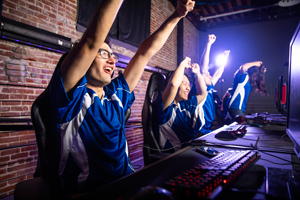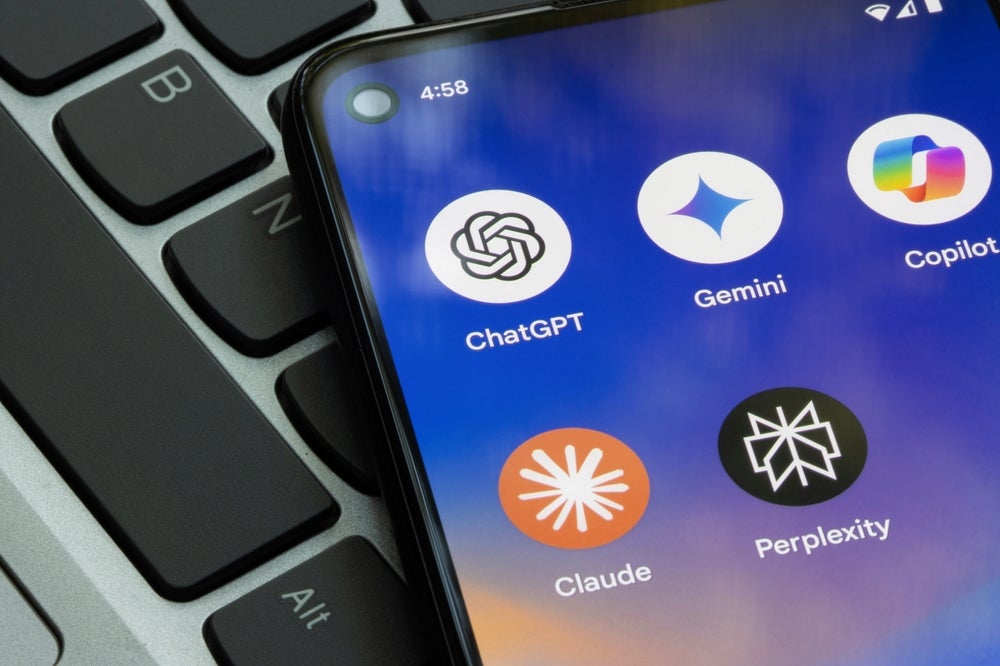Influencer marketing is nothing new. From YouTube to Instagram, and everything in between, brands have been partnering with influencers for years to elevate their products and services to their dedicated—and most importantly, trusting—fanbases. But there is a whole other market out there in terms of social influencers, that marketers have yet to completely grasp.
All hail the gamers

For brands looking to get the biggest bang for their buck in terms of influencers, the world of gaming influencers is still a relatively untapped resource, especially for non-endemic brands looking to make deeper connections with their customers.
For example, content creators and professional streamers such as DrDisrespect, Pokimane, and Dr. Lupo—are partnering with major non-endemic brands like Gillette, All State, and Postmates, to bring an authentic voice through entertainment and ultimately drive brand affinity to their millions of followers.
Partnering with gamers is providing marketers with a huge opportunity. But working with players is a different game than partnering with traditional social media influencers, and there are several things that should be kept top of mind to authentically interact with consumers.
Don’t control content. Let’s face it—no one knows how to engage with their audience better than a streamer. They have developed and cultivated their fan base from the ground up, and while it can be difficult for brands to let go of the content reins, the influencers really do know their audience best.
You have to ask yourself: why would a brand come in and dictate the influencer’s content when it was their content that got them this passionate fanbase in the first place?
Supporting the influencer and his/her community. Companies partner with influencers to evangelize their brand or product to an audience in the most effective way possible. Streamers are pulling in $20,000-$500,000 a month from subscriptions and donations, which means they’ve figured out how to monetize their community—so let them market your brand/product in the way that they think will resonate the most.
While cohesive messaging is of course key, it’s also critical to allow gamers to relay these messages to their fans in a way that is most authentic. Going against the grain here can oftentimes be detrimental to building trust within a gaming and streaming community, so it’s best to leave the talking to the influencer in charge.
Embrace the two way dialogue. Unlike traditional Instagram influencers, gamers and streaming influencers typically have a much more personal relationship with their fanbase. Gamers live stream upwards of 40 plus hours each week, giving them around-the-clock access to their audience while providing the opportunity for influencer and audience to get to know one another on a more personal level.
When Twitch first became relevant in 2012, streamers were dependent on ad-revenue as their main source of income. However, this shifted dramatically thanks to ad-blockers. Now, in order to have a sustainable career, streamers are almost required to establish a deeper connection with their audience—so much so that fans are willing to shell out money to subscribe.
In order to cultivate these relationships, gaming influencers had to truly interact and converse with their audience creating a true two-way dialogue. Brands who work with these influencers to authentically capitalize on this dialogue are the ones that are going to come out ahead in the influencer marketing world.
This new generation of influencers is providing brands and marketers with a huge opportunity to cultivate new audiences, engage with an untapped consumer base, and most importantly, make an authentic impact in doing so.
These steps are critical to successful influencer marketing in the gaming space, and for brands who didn’t come to play they’re essential to creating winning campaigns.
Vincent Minichiello is gaming & esport manager at RedPeg.




